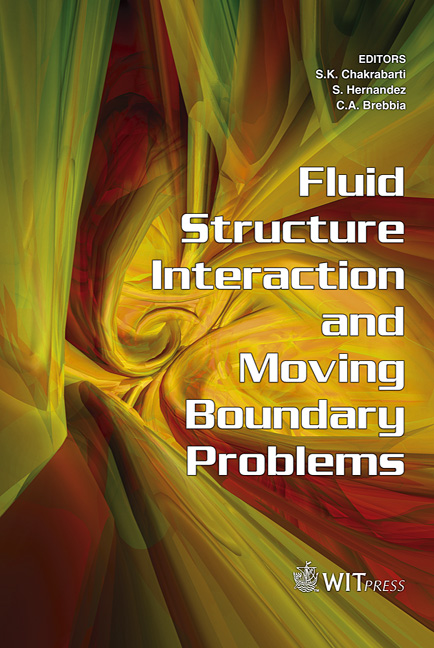Investigation Of A Catenary Riser Undergoing VIV
Price
Free (open access)
Transaction
Volume
84
Pages
8
Published
2005
Size
1,071 kb
Paper DOI
10.2495/FSI050211
Copyright
WIT Press
Author(s)
J. M. Niedzwecki & G. Moe
Abstract
The vortex induced motion of structures in the ocean is a broad area of intense research. This study focuses upon the analysis of data from an experimental investigation of a towed instrumented catenary cylinder that was intended to represent a steel catenary riser. The data that was collected at ten equally spaced locations along the catenary included in-line and transverse are characterized in terms of statistical parameters, extremes and mode shape. The extreme motion response at selected elevations is presented in terms of probability of exceedance graphs that provide a comparison of Gaussian and Weibull distribution models with the measured data. Keywords: SCR, catenary riser, model test, modes, Weibull distribution, probability of exceedance. 1 Introduction A great deal of attention has been focused upon developing a better understanding of the behavior of offshore structures and, in particular, marine risers undergoing vortex induced vibrations. Configurations involving of single and multiple vertical standing risers have received the most attention. A variety of computer codes have been developed for predicting their motion, but they two rely heavily on empirics rather than a complete theoretical underpinning. Steel catenary risers (SCRs) are a very important element in the production of offshore reserves and have only recently been the subject of increasingly intense investigation with regards to VIV excitation and response. Data selected from a recent experimental study in which a model of a steel catenary riser was towed at
Keywords
SCR, catenary riser, model test, modes, Weibull distribution, probability of exceedance.





